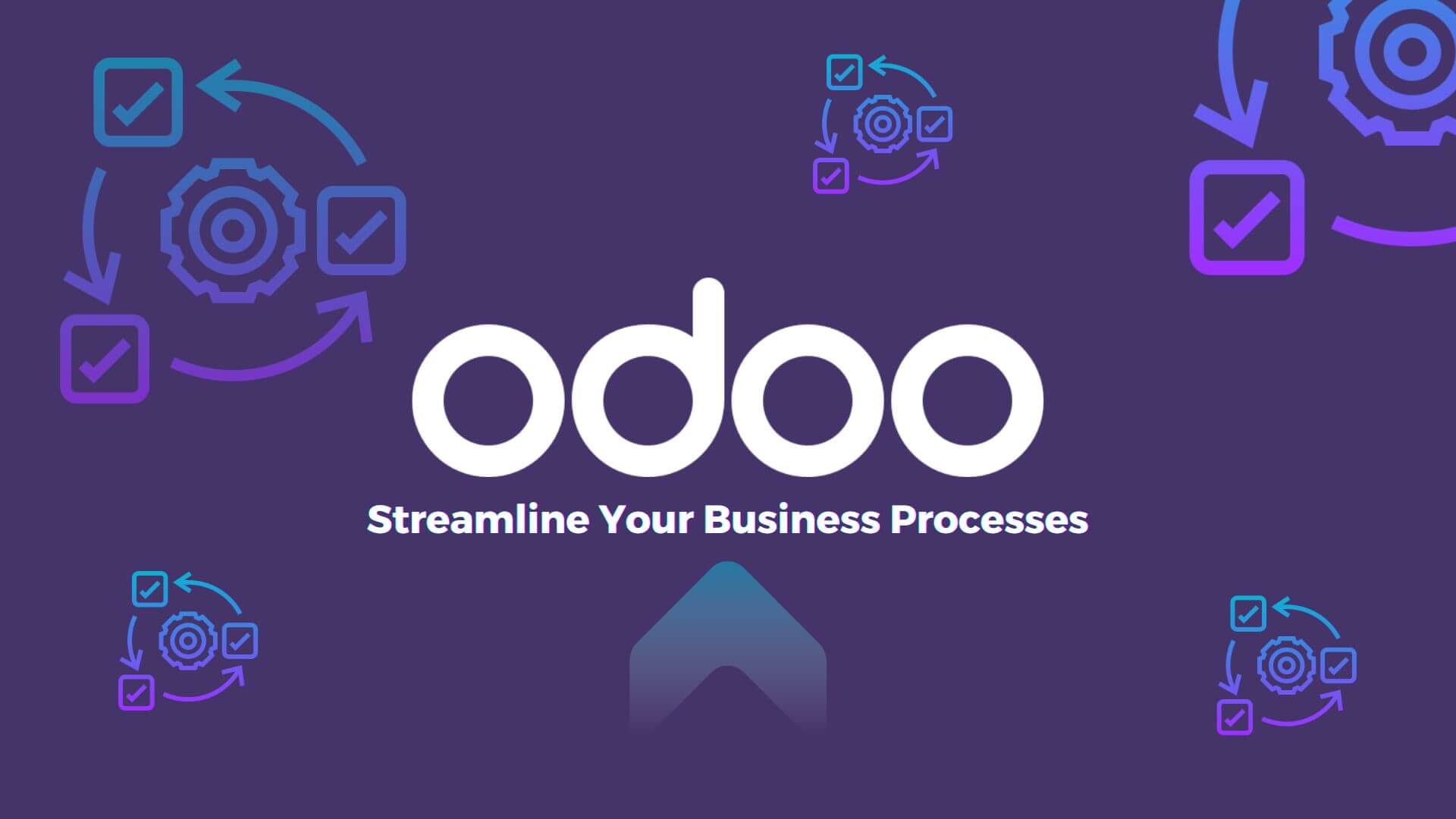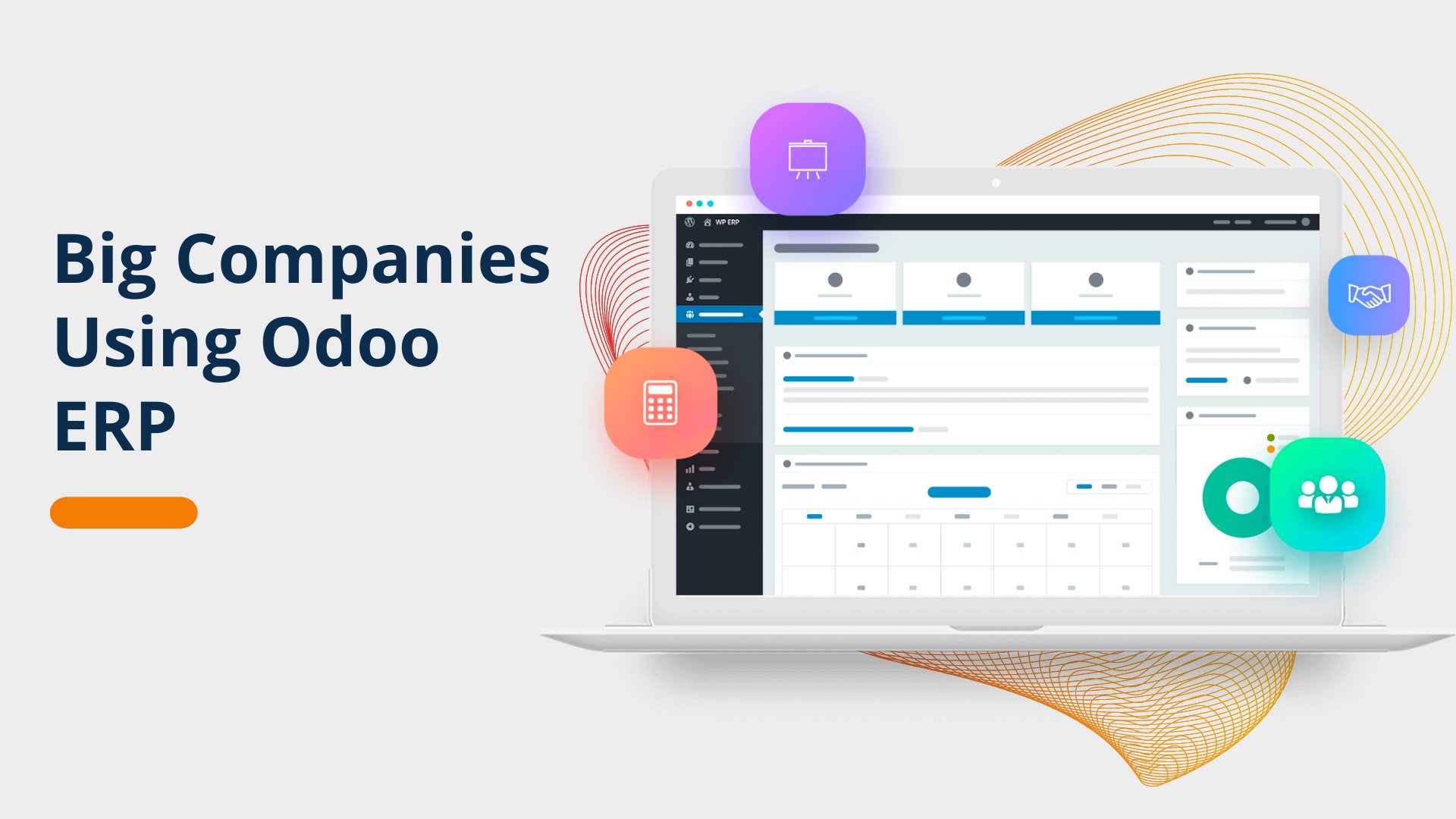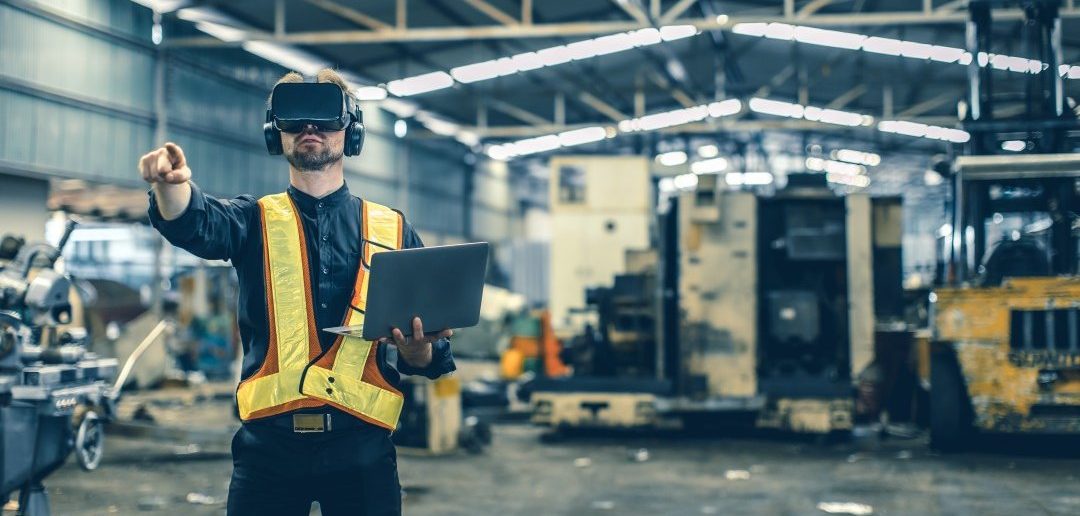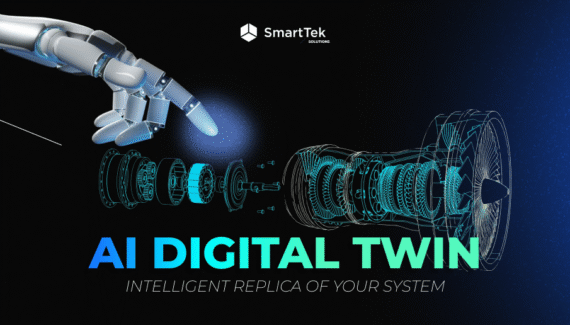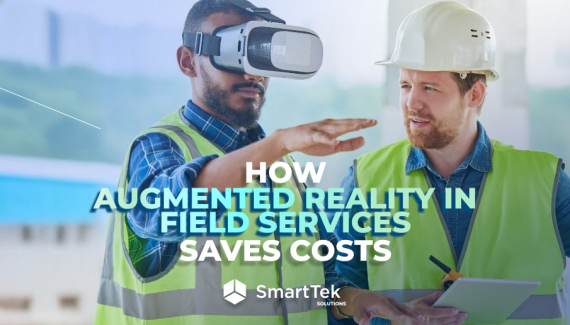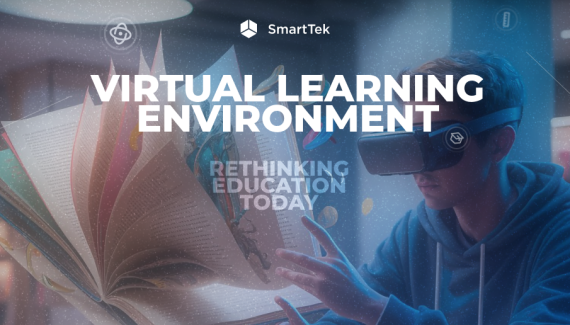We marvel at the creations of engineers. We gaze at skyscrapers high into the clouds. We use incredibly complex mechanisms and devices all the time.
But do you know the difficulties engineers face when working on a single project? One of the most persistent challenges is the ability to visualize complex structures and systems before they are built.
Traditional approaches, such as 2D drawings and physical models, often fall short of providing a comprehensive understanding of intricate designs. To avoid misinterpretations, costly errors, and time-consuming revisions, consider implementing virtual reality in engineering.
4 Key Use Cases for VR in Engineering
Virtual reality technology in engineering has many applications and brings various benefits to both business and process participants. Get a secure environment where you can build and test products, catch bugs early, make fixes, and train people to work on your projects.
Companies that have understood the importance of VR are already one step ahead. We are going to talk about real cases and analyze what benefits the business will receive as a result of their application.
Engineering Education and Training
Let’s start with education and training. Using VR, you can easily avoid limitations related to traditional methods. Agree that conducting complex experiments in real-world scenarios or training on heavy machinery is sometimes costly, time-consuming, and potentially hazardous. Virtual reality offers a horse of a different color. What possibilities does the technology provide?
- Conduct experiments in a digital environment.
- Practice safety protocols without real-world risks.
- Train on complex machinery maintenance.
- Visualize and modify designs in 3D.
- Work with peers in virtual spaces.
- Simulate client interactions and teamwork.
- Explore and study historical engineering projects.
- Visit engineering sites without travel.
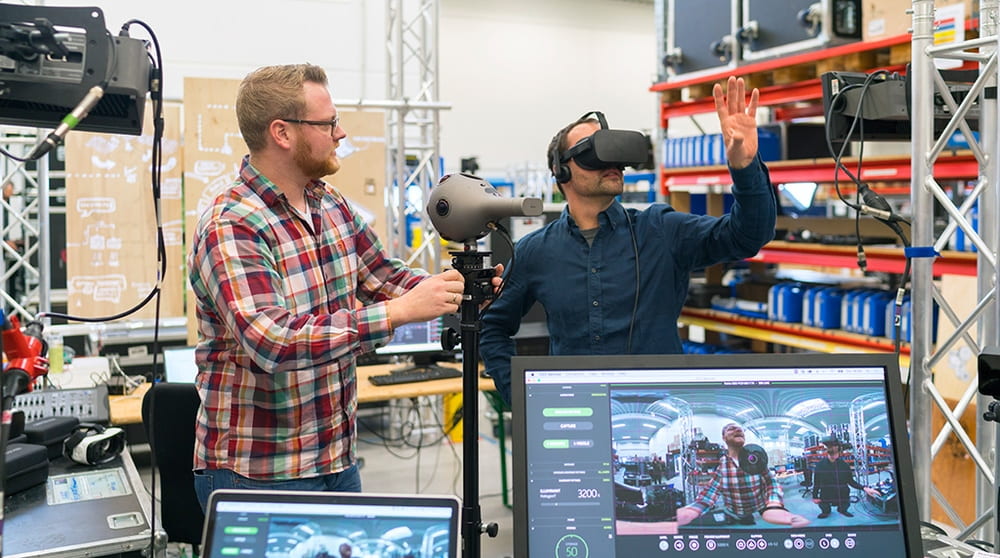
Realistic simulations of engineering tasks and processes are great for trainees to practice and refine their skills without the risks associated with real-world operations.
Ready to implement VR training?
SmartTek provides custom VR development services with a rock-solid track record of success customized to your business needs.
Contact usImagine a VR-based program where students can explore and interact with a virtual model of a suspension bridge. They can walk on the surface, inspect structural elements, and see real-time stress simulations under different load conditions.
Hence, students gain a better understanding of the design complexities. They also collaborate more effectively with classmates. But the most important thing here is the possibility of identifying potential issues before any physical materials are used.
Product Design and Prototyping
This VR application can help your company save a lot of money. Engineers typically need to create multiple physical prototypes to test their designs. Thus, they waste material resources which results in increasing project costs. Is there any way to reduce expenses?
Actually, VR is an excellent solution. Using this technology, engineers can create and interact with virtual prototypes. How can it be applied?
- Test designs in an immersive environment.
- Check design feasibility early.
- Make instant changes and see results.
- Simulate real-world product interactions.
- Explore products before physical models.
- Minimize physical prototype expenses.
- Gather user insights pre-production.
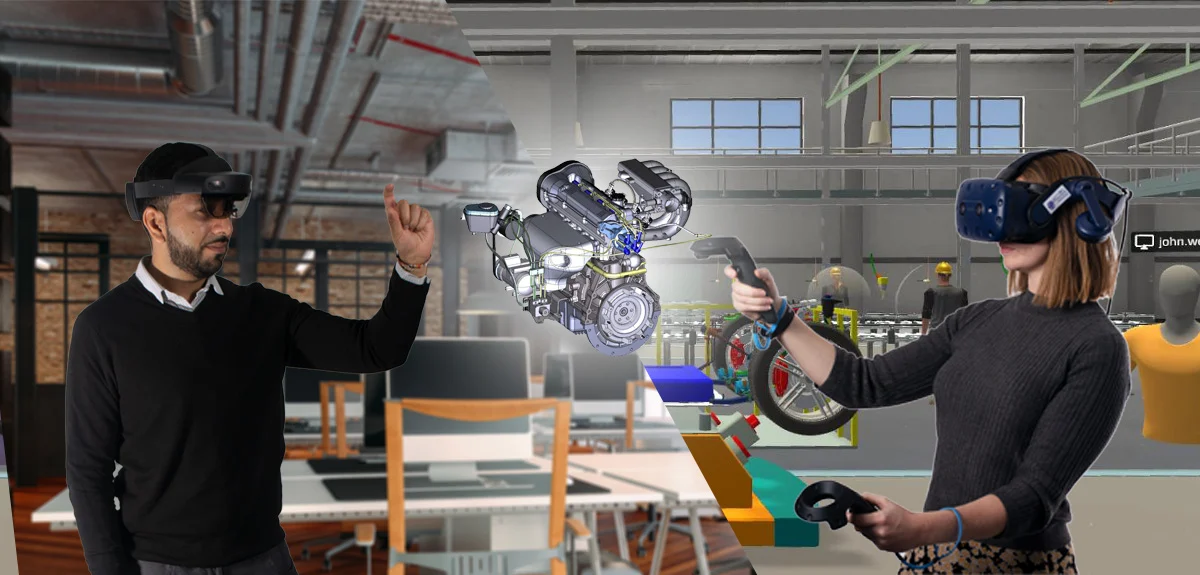
Ford Motor Company is one of the most popular companies that have successfully used VR. In their immersion lab designers create detailed 3D models of new vehicles, make real-time adjustments, change various elements, for example, the shape of the dashboard or the layout of controls.
Remote collaboration is also well organized. People from different locations cooperate in the same virtual space. They can share insights and make collective decisions. It makes work on each project more productive and efficient, reduces the likelihood of errors, and improves interaction between team members. The company gets great results for less money.
Enhanced Project Visualization
The next one is project visualization. Virtual reality provides immersive and detailed perspectives that traditional methods cannot match. Plan, design, and execute complex tasks with ease. View and understand projects in more interactive and engaging fashion.
With VR technology in your pocket, you can get:
- detailed 3D models;
- interactive walkthroughs;
- design iterations;
- stakeholder engagement;
- safety planning;
- client presentations;
- compelling marketing materials, etc.
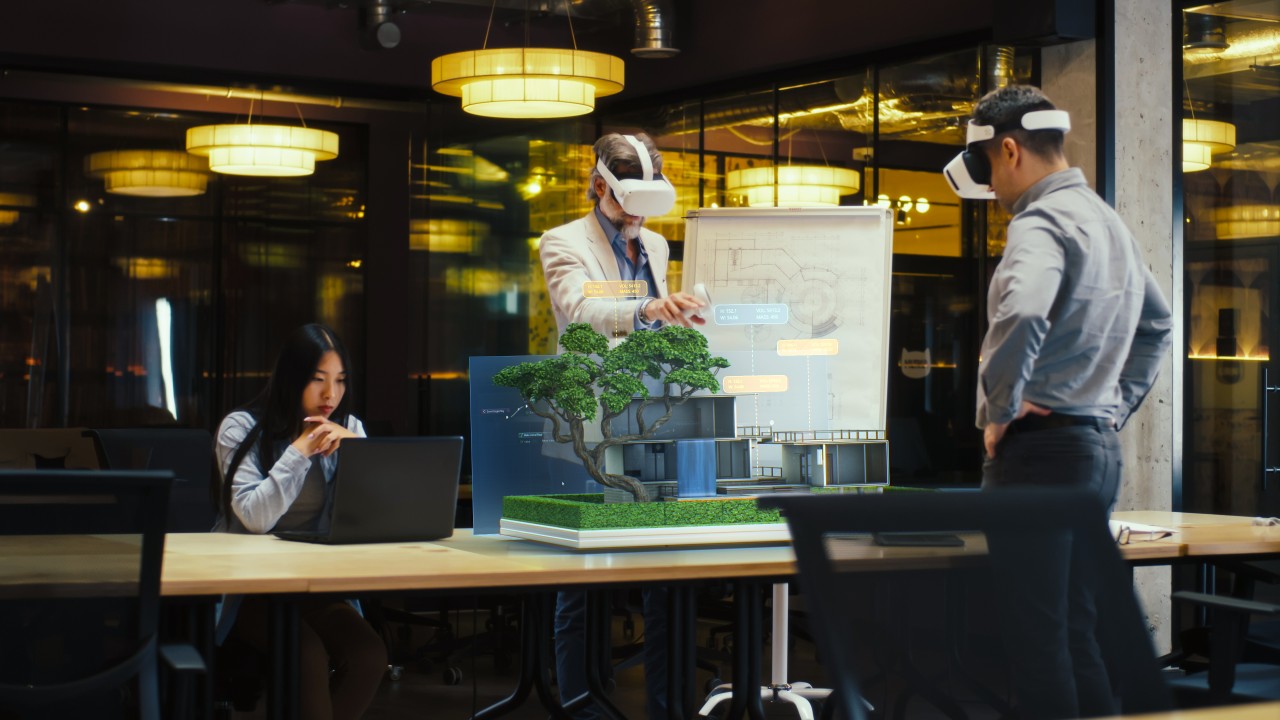
Texas A&M University has a VR Studio. It offers students a flexible, multi-function immersive space. One notable application is their use of virtual reality technology in the planning and design of new campus buildings. Highly detailed 3D models provide a comprehensive view of the projects. Thus, stakeholders can explore every aspect in a virtual space.
Project teams and university officials conduct interactive walkthroughs of new building designs. They can also test various elements and make real-time modifications. Moreover, VR tools help identify potential safety risks and develop strategies to mitigate them before actual construction begins.
Want to build an AR/VR application?
We are ready to be your trusted technology partner with proven expertise in immersive technologies.
Let’s talkEquipment Repair and Maintenance
Let’s move on to the last in our list but not least application of VR technology. Companies often use it for equipment repair and maintenance. Technicians have an excellent opportunity to practice and improve their skills in a risk-free virtual setting.
How can virtual reality actually help? Utilizing VR tools, you can simplify daily tasks and make all processes safer and more efficient.
- Provide hands-on training in a virtual environment.
- Replicate intricate repair situations for practice.
- Guide technicians in real-time via VR.
- Deliver detailed repair instructions.
- Simulate regular maintenance tasks to ensure adherence.
- Teach safety protocols in a risk-free environment.
- Visualize and diagnose equipment issues.
- Track and evaluate technician performance in VR.
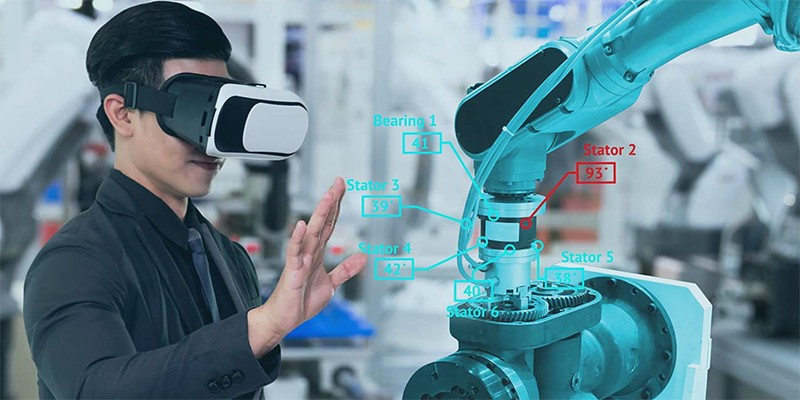
Of course, you have heard about Boeing, a leader in aerospace manufacturing. The company has integrated VR technology into its maintenance training programs. For example, technicians use headsets to access detailed, step-by-step instructions for various maintenance procedures. These guides are interactive and can be adapted based on the specialist’s actions.
Another application is simulating complex scenarios. VR technology projects a situation that requires an extraordinary approach. Then, the technicians try to find the best solution and describe the protocol. As a result, specialists are prepared and equipped in case of a similar situation in real.
What’s more, Boeing uses VR to visualize and diagnose equipment issues. By seeing a 3D representation of the aircraft’s systems, technicians can better understand and pinpoint problems.
Business Benefits of the Use of VR in Engineering
As you can see, virtual reality technology has a lot of applications. Many well-known companies are already successfully using VR. Now, let’s talk about its benefits to your business.
- Minimize expenses related to physical prototypes and travel.
- Facilitate seamless teamwork across different locations.
- Provide detailed and immersive project views.
- Allow quick modifications and immediate feedback.
- Identify and address potential issues early in the design process.
- Offer interactive and risk-free training environments.
- Deliver realistic previews of projects to clients.
- Accelerate project timelines with efficient design and testing.
Better interactive experience, reduced costs, and increased safety for employees—isn’t this worth investing in technology? In addition, today, this solution does not cost an arm and a leg. There is an important nuance: cooperate with professionals to get the best result possible.
Summing Up
In short, virtual reality addresses many of the challenges traditionally faced in engineering projects. You can use it for product design, prototyping, safety training, equipment maintenance, and more. Embrace this technology today and stay ahead in a competitive marketplace.
If you have any questions or need expert advice, contact us. Our specialists are ready to advise you on all issues related to the implementation of VR in engineering.
